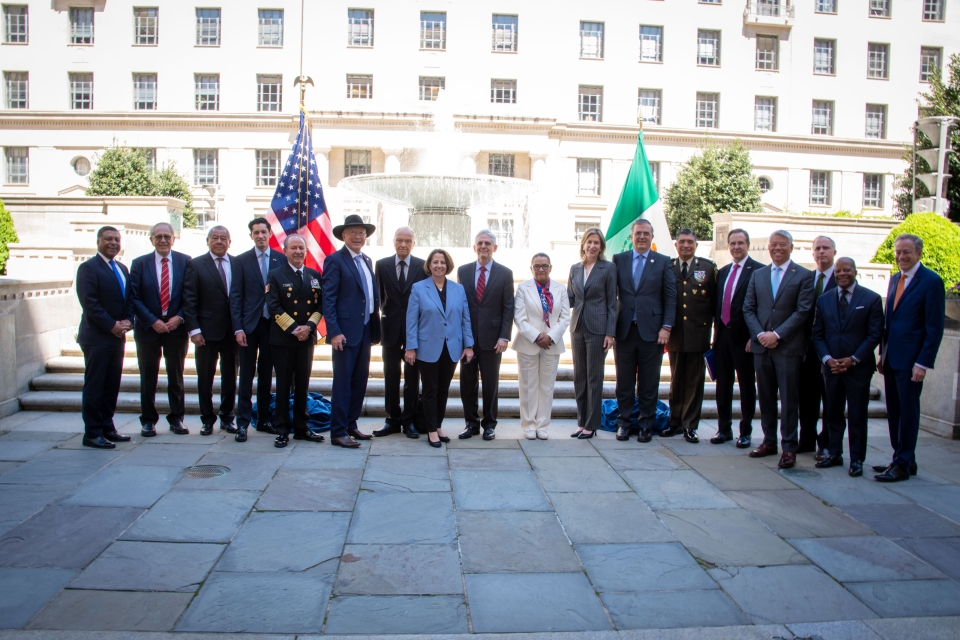
07/19/13 (written by tianacarriedo) – Transparency International, an international non-governmental organization (NGO), recently released its most comprehensive survey on public perception of corruption, the Global Corruption Barometer 2013. The survey, in which about 1,000 Mexicans participated, was conducted between September 2012 and March 2013. The institutions and personnel comprising the justice system in Mexico, one of the 107 countries in which people where polled, fared poorly: 80% of respondents believed the judiciary to be corrupt or extremely corrupt and 97% believed the same of the police. An overwhelming plurality also perceived political parties and the legislature in Mexico negatively, with 91% and 83% identifying each respective institution as corrupt or extremely corrupt. To view Mexico’s results, click here.
The results of the Global Corruption Barometer 2013 also highlighted Mexicans’ lack of faith in the government’s ability to combat corruption. A full 73% of those surveyed believed that the government was either ineffective or very ineffective in fighting corruption. Given that more than half of all respondents also admitted to having paid a bribe to the police or judiciary in the last 12 months, it is not surprising that few Mexicans trust the government to uphold the rule of law.
These public responses in Mexico track those of the experts; in Transparency International’s highly regarded Corruption Perception Index 2012 released in December of last year, where analysts and businesspersons were assessed and surveyed on the perceived level of corruption in a given country’s public sector, Mexico ranked an abysmal 105th worst in terms of corruption, occupying Transparency International’s unacceptable “red zone.” In that 176-country survey, Mexico was positioned alongside Algeria, Armenia, Bolivia, Gambia, Kosovo, and Mali, all with scores of 34. Denmark, Finland, and New Zealand were the least corrupt countries with scores of 90, and Somalia was the most corrupt with a score of 8. The results of the Corruption Perception Index 2012 were based on data collected in the preceding 24 months. To view the index data, click here.
Corruption in Mexico has been in the news lately as allegations of former politicians being involved in corrupt acts have surfaced. The former governor of Aguascalientes, Luis Armando Reynoso Femat, currently faces judicial proceedings for alleged corruption during his time in office, specifically for charges of embezzlement and improper exercise of public office. For his part, Governor Mario López Valdez of Sinaloa is accused of having connections with and protecting the Sinaloa Cartel. Meanwhile, the former governor of Tabasco, Andrés Granier, is under investigation for charges of embezzlement, tax fraud, and improper exercise of public office. Around the same time as the allegations against the aforementioned governors came to light, former Quintana Roo Governor Mario Villanueva was sentenced to 11 years in prison by a U.S. federal judge for corrupt ties to drug trafficking.
Sources:
“Corruption Perception Index 2012.” Transparency International. December 5, 2012.
“Global Corruption Barometer 2013.” Transparency International. July 9, 2013.




